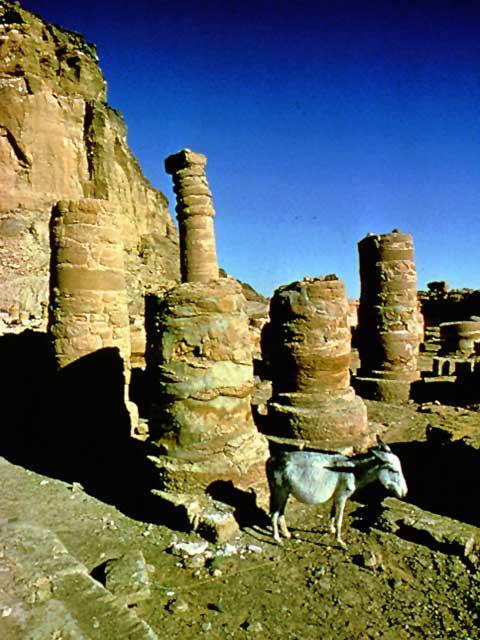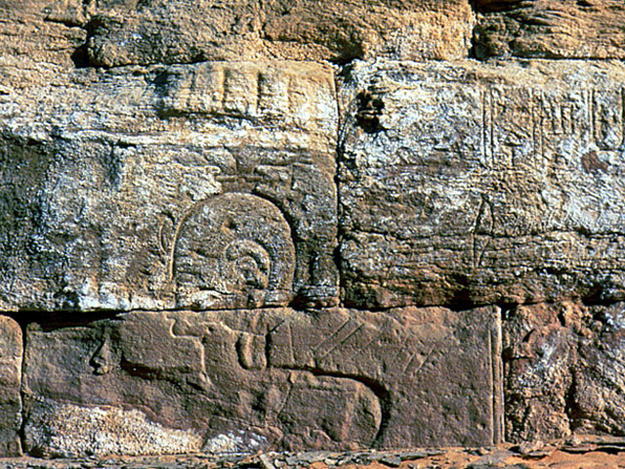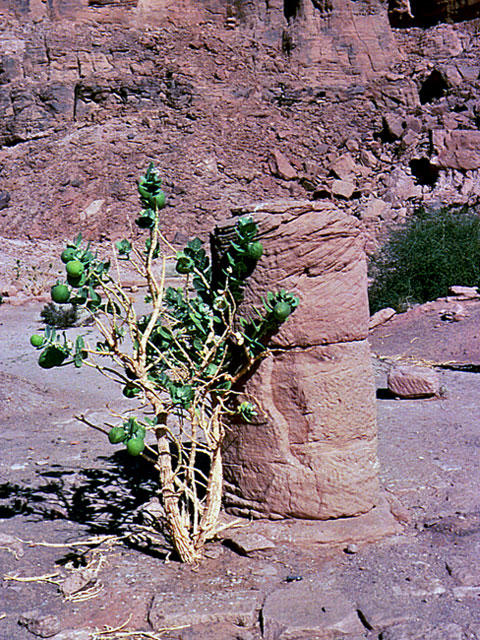Gebel Barkal
2000 World Monuments Watch
Gebel Barkal is an isolated sandstone butte alongside the Nile that marks the site of the ancient city of Napata. The Egyptians and later Nubians ("Kushites") identified the 90-meter high mountain as the residence of their supreme god Amun. From about 1460 to 1100 B.C., Napata marked the southern limit of the Egyptian African empire in the eighth century B.C., it became the northern capital of the Nubian Kingdom of Kush, whose kings restored the temples and made the site their primary coronation center. Some 13 temples, three palaces, and many royal pyramids were built here. Since the nineteenth century, the site has yielded numerous important statues and inscriptions. Unfortunately, constant winds, blowing sand, Nile floods, the growth of deep-rooted bushes, unregulated visitors, and motor traffic all combine to degrade the soft sandstone ruins. The greatest immediate need for is a durable wall to encircle the complex to protect it from flooding and regulate access. A segment has been built, but funds are needed to complete it.
Since the Watch
In 2003, Gebel Barkal and four other nearby sites were inscribed on the World Heritage List. ICOMOS found evident deterioration and only a rudimentary management plan, and called for an active conservation program and close monitoring. Between 2004 and 2006, a small site museum at Gerbel Barkal received the support of the UNESCO Programme for the Preservation of Endangered Movable Cultural Properties and Museum Development for the improvement of security measures and the replacement of gallery displays. January 2011



